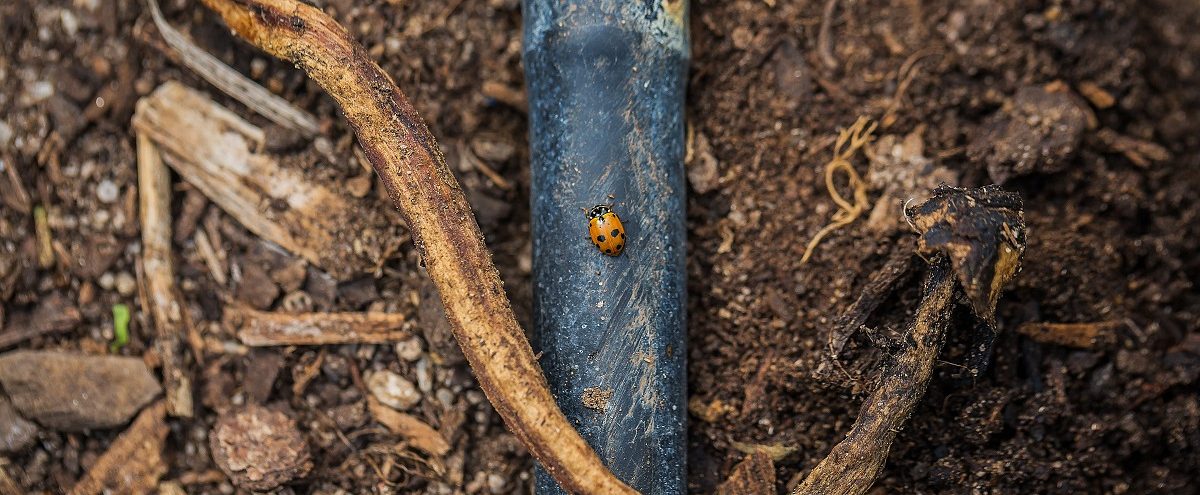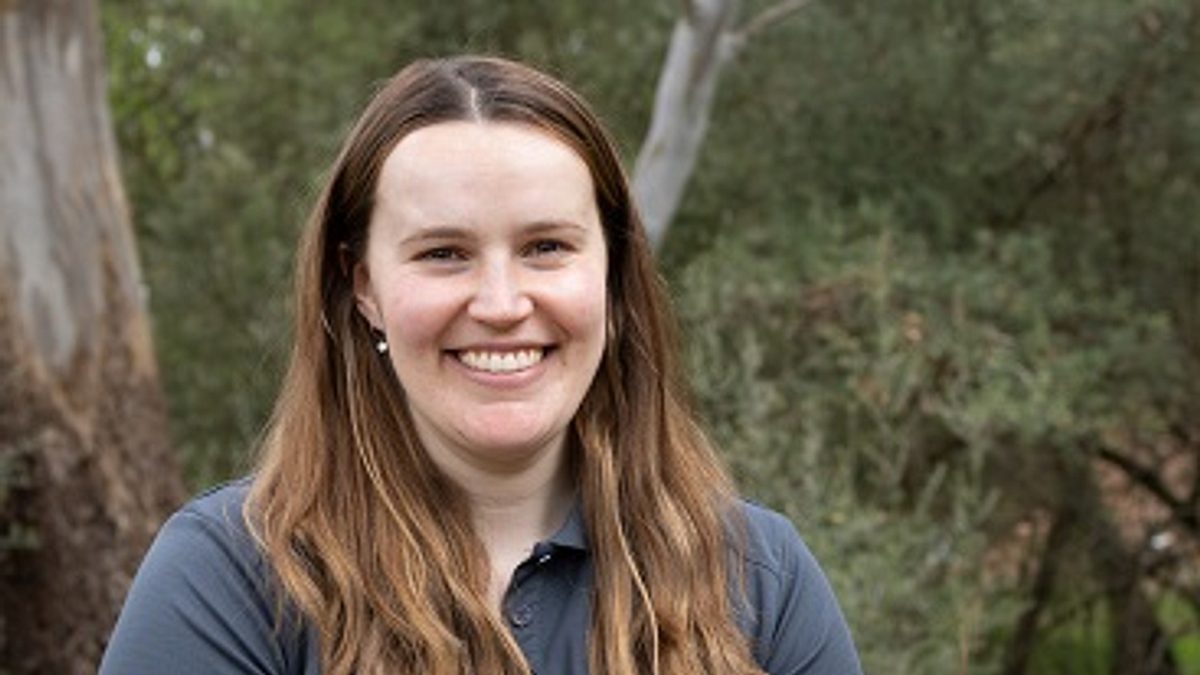
Carbon farming
The Northern and Yorke Landscape Board is delivering workshops to help upskill land managers in carbon farming and emissions reduction. To express interest for a workshop near you, please complete this carbon farming workshop form.
The Carbon Farming Outreach Program is funded by the Commonwealth of Australia through the Department of Climate Change, Energy, the Environment, and Water. Please read the disclaimer for the following information,
Resources
Podcast
For an introduction into carbon farming and environmental markets, check out the What You Need to Know Now podcast.
Fact sheets
We've also created a series of carbon farming fact sheets to help primary producers navigate carbon farming.
Emissions audit
Producers can also work through our Reduce emissions, increase efficiency: A checklist guide to identify areas that can provide efficiency gains.
What is carbon farming?
Carbon farming describes agricultural and land management activities that help mitigate climate change by:
- reducing emissions of the main greenhouse gases or
- storing/sequestering carbon in vegetation and soil.
Carbon farming practices to reduce emissions and store carbon include:
| Group | Activity |
|---|---|
| Soil | Conservation and strategic tillage (e.g., no till); Crop and pasture management; Efficient fertiliser and lime use; Fertiliser formulations (e.g., slow-release and inhibitors) |
| Livestock | Reducing beef and dairy cattle and sheep methane emissions (e.g., supplements, selective breeding, methane capture); Manage piggery and dairy effluent; Grazing management (e.g., rotational grazing); Improved growth and fertility rates) |
| Vegetation | Afforestation and reforestation (including shelterbelts and paddock trees); Agroforestry; Retain existing native vegetation; Inter/mid-row plantings in vineyards |
| Blue carbon | Restore wetlands, mangroves, saltmarsh and seagrass; Remove or modify barriers to tidal flow |
| First Nations ecological practices | Cultural burning, including fire management |
| Other | Electric vehicles; Switching to renewable energy; Sustainable and low energy packaging options (e.g., thinner wine bottles); Reduce fuel use |

Carbon farming can also provide other benefits, including:
- better managed, healthier and more productive soils, livestock and pasture, and better use of water
- more diversified and potentially increased income and the ability to deliver products for environmentally-conscious consumers, buyers and overseas markets
- improved biodiversity and healthier ecosystems
- stronger, more resilient communities
- direct benefits for First Nations people, including meaningful jobs on Country, independent revenue, getting back to and caring for Country and protecting cultural sites, and
- indirect benefits for First Nations people, including meeting cultural obligations, strong governance, community cohesion, self-determination, pride in community, and healthy CountryReducing your carbon footprint: key concepts
Reducing your carbon footprint: key concepts
A carbon footprint or greenhouse gas (GHG) footprint is the annual amount of greenhouse gases emitted minus the amount of carbon stored by a farm, region or country. Reducing GHG emissions, storing more carbon or both helps reduce a farm or product’s carbon footprint.
Emissions intensity
It is important to know that we're not looking to reduce our GHG emissions to zero, because this would be mean we have to stop farming altogether. Instead, we want to reduce our ‘emissions intensity’.
Emissions intensity refers to the amount of GHG emissions produced per unit of product. For example, how many tonnes of carbon dioxide produced per tonne of grain. To reduce your emissions intensity, it is all about being more efficient, producing more product with the same or less input.
Scope 1, 2 and 3 emissions
There are 3 types of emissions - called ‘scopes’ - that are part of a business’s total emissions but may not be evident at first sight. They are:
- Scope 1 emissions: direct (on-farm) emissions from operations a business owns or controls; e.g. methane from livestock digestion and nitrous oxide from fertiliser use
- Scope 2 emissions: indirect (off-farm) emissions from generating electricity, steam, heat or cooling the business buys
- Scope 3 emissions: all indirect (off-farm) emissions (other than scope 2 emissions) that occur in the business’ value chain; e.g. upstream emissions from producing and transporting raw materials and downstream emissions from consumption of the farming business’ products, including waste disposal.
Insetting vs offsetting
For a farmer or land manager, attaining carbon neutrality or net zero emissions may involve:
- insetting: doing carbon farming activities that reduce or avoid emissions or store carbon within their value chain, which could include their land and their supply chain
- offsetting: buying and cancelling carbon credits derived from projects that reduce or avoid emissions or store carbon elsewhere.
Greenhouse gas accounts and calculators
Keeping a GHG account means quantifying emissions and carbon stored. A farmer or land manager keeping an account solely for their own purposes can choose any suitable approach. However, if they keep an account to participate in a program, they will need to use the program’s specified approach for their calculations.
Calculators that can help land managers create a greenhouse gas account include:
- University of Melbourne Primary Industries Climate Challenges Centre (PICCC): Free to use, excel-based tool for sheep and beef, dairy, cropping, horticulture and others
- Meat and Livestock Australia: Free, online tool
- Australian Wine Research Institute: Free to use, excel-based tool for wineries and growers
GHG emissions are calculated in carbon dioxide equivalents (CO2-e). This allows different gases to be added together into a single number. The ‘global warming potential’ (GWP) of a gas is based on its ability to trap the sun’s heat and how long it stays in the atmosphere. Using its GWP, any GHGs can be converted to a 'carbon dioxide equivalent' (CO2-e) amount of gas.
Watch our easy explainer to learn how to use PICCC's carbon calculator.
How to use a carbon calculator
Australian Carbon Credit Units (ACCUs)
ACCUs are also known as carbon credits. Some people think carbon farming is the same as earning ACCUs, but that’s not the case. To earn carbon credits, a landowner must formally enter into the ACCU Scheme (or another carbon market) by undertaking a carbon project using a registered method (see the current list of registered methods).
To investigate which method might suit your situation, you can use the LOOC-C tool, which helps you to estimate carbon sequestration potential and options for certain projects offered under the Australian Carbon Credit Unit Scheme.
There are many other carbon credit schemes available in Australia and across the globe, with varying levels of trustworthiness and value.
Climate Active certification
Climate Active is a voluntary Australian Government program that certifies credible voluntary climate action by businesses. Farmers can use Climate Active certification in marketing their products, appealing to environmentally conscious consumers and potentially commanding price premiums.
Related links:
- Carbon Farming Outreach Program
- Carbon Farming Outreach Program training package
- Guide to carbon planting in South Australia: Planting for carbon sequestration by Department of Environment and Water
- Existing stocks of soil carbon map
- Soil Carbon Forward Plan for SA
- Indigenous Carbon Industry Network
- Goyder Institute for Water Research: Schapel A, Reseigh J, Wurst M, Mallants D, Herrmann T. (2018) Offsetting greenhouse gas emissions through increasing soil organic carbon in SA clay-modified soils: knowledge gap analysis.
- Soil Carbon in SA: SA Ag Benchmark Analysis 1990-2007 Report
- Carbon sequestration from soils
- Soil modification
- GRDC Managing Soil Organic Matter: A practical guide
- MLA Carbon Farming 101 course online
- MLA Carbon Sense online course
- MLA Measuring Your own emissions course online
- Environer - free online decision-support tool for farmers, fishers and foresters who want to learn more about managing natural capital, biodiversity and carbon for multiple benefits. The focus is on opportunities that provide access to commodity markets and financial products and outcomes related to carbon and emissions reduction, sustainability and environmental stewardship.
Resources for teachers
A carbon farming for teachers workshop was delivered in 2024 by the Northern and Yorke Landscape Board and Lead Ag Teacher Sue Pratt, AgCommunicators. The following resources were developed as part of this workshop:
Teachers in the Northern and Yorke region can contact Elly Pratt to discuss arranging free interactive carbon and/or biodiversity farming lessons for their students. This could include setting up trials with students (ask us about free soil carbon testing!).
